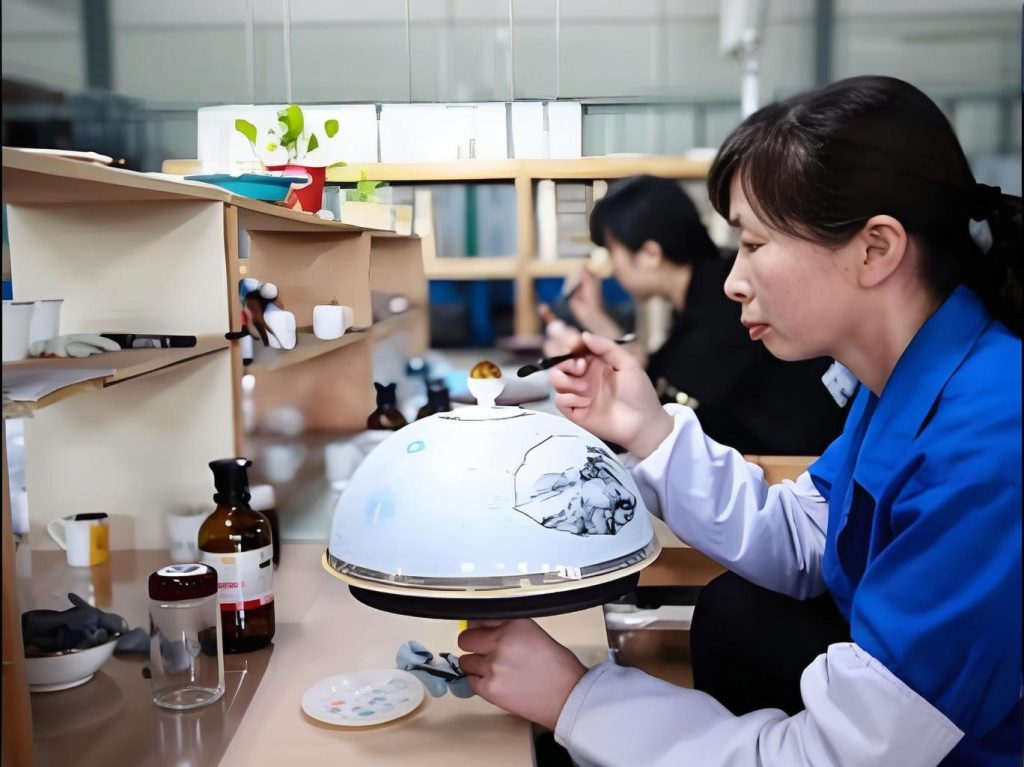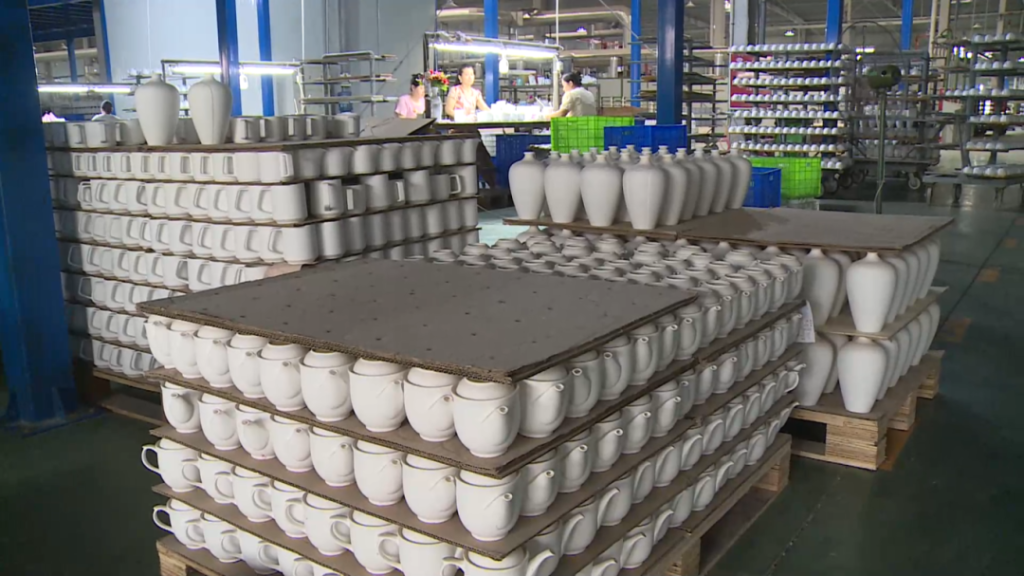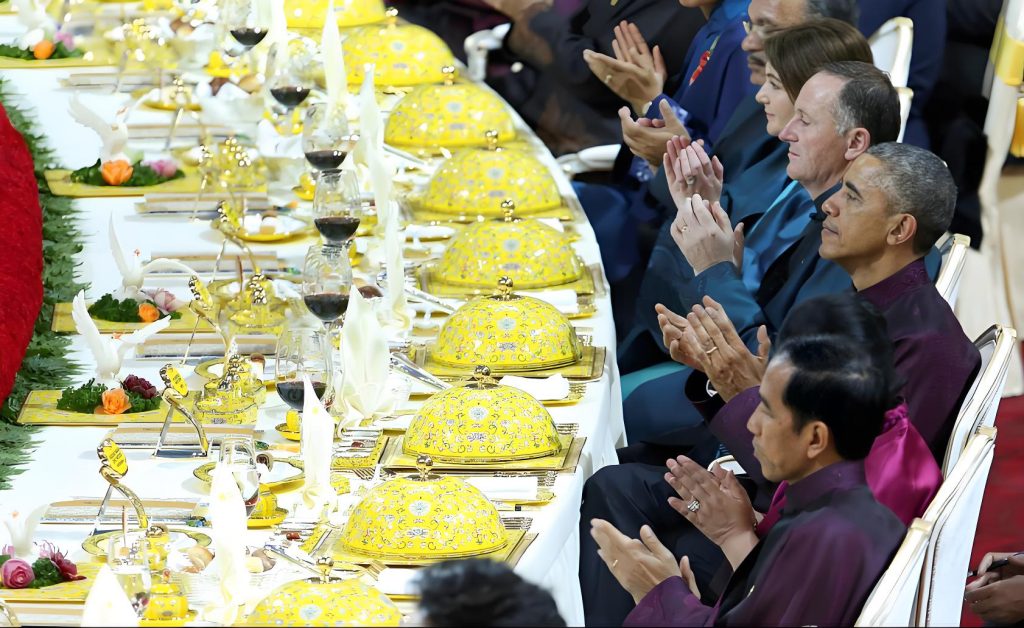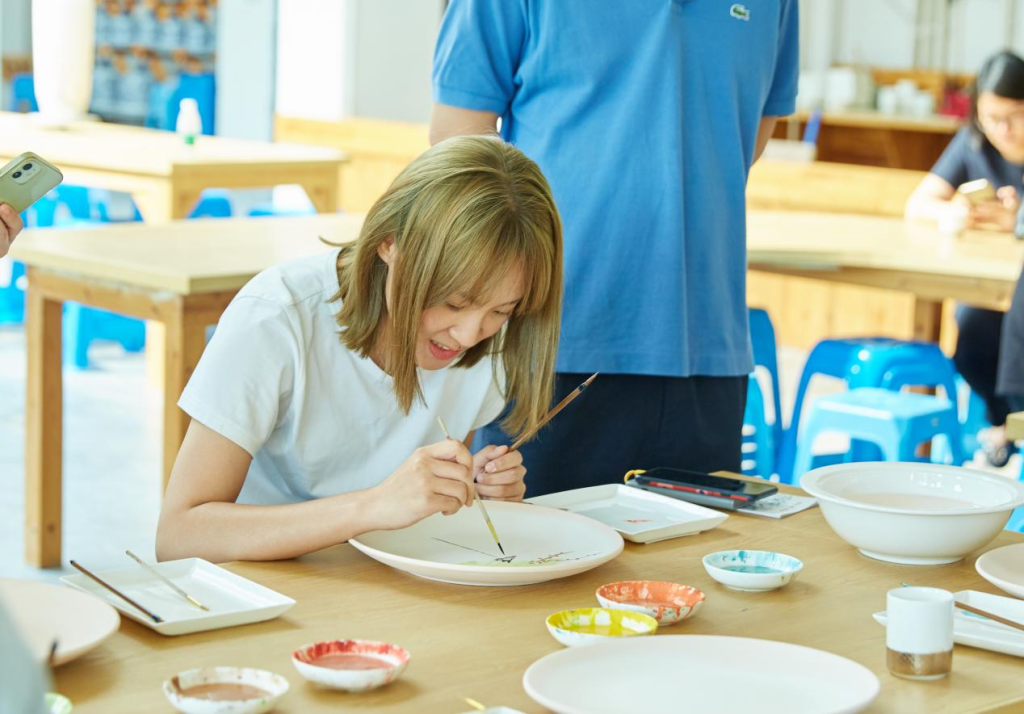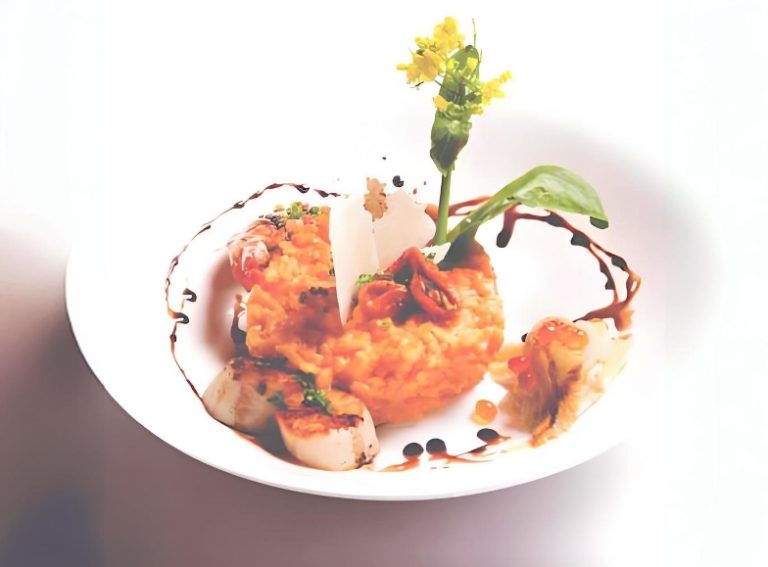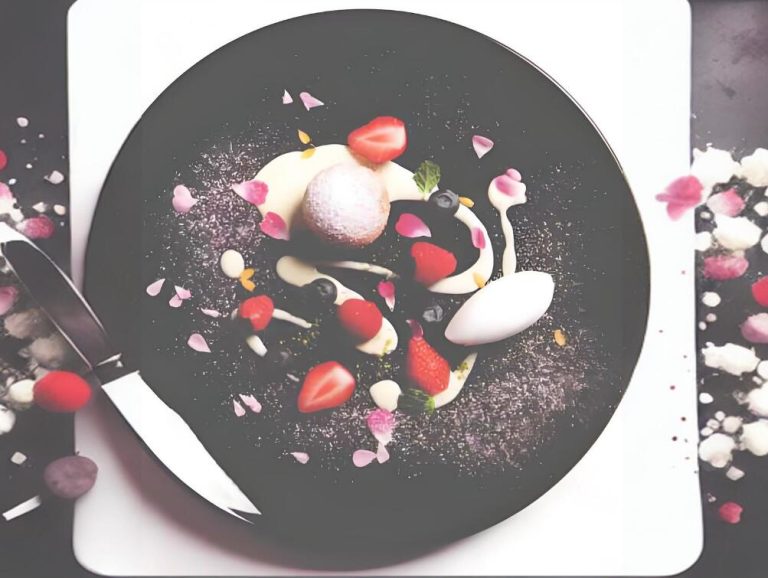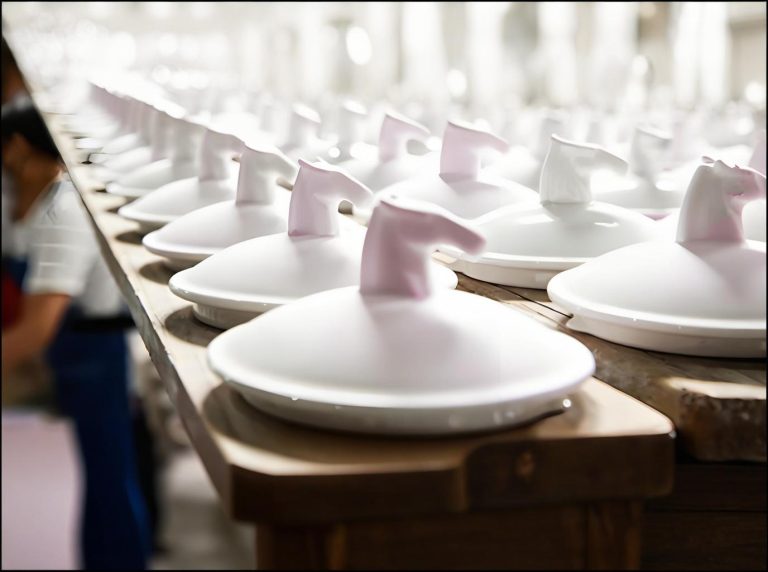The Secret of Dinnerware Glaze Thickness: Why Do Your Plates “Show Their Base” Over Time?
Last weekend during dinner with a friend, she complained that her supposedly “high-end” dinnerware set, after just six months of use, already showed glaze wear around the edges, revealing the dull ceramic underneath. This reminded me of a trending post I saw on Reddit—someone asked: “Why does some dinnerware stay shiny after ten years while others become pitted and worn after just a few months?”
That question exploded with hundreds of responses. Restaurant owners, ceramic artists, and even engineers who worked at tableware manufacturers chimed in. The answers surprisingly converged on one detail most people overlook: glaze thickness.
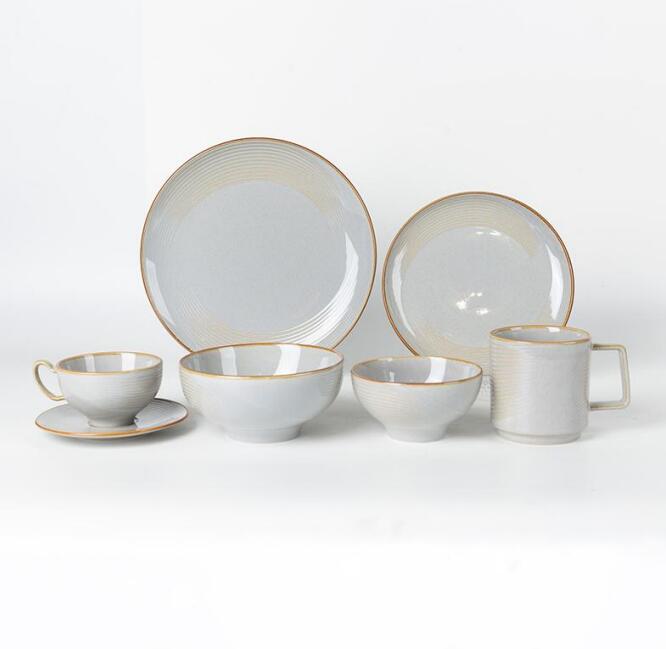
1. What Exactly is Glaze? Why Does Thickness Matter So Much?
On Quora, a ceramic engineer with 20 years of experience explained it this way:
“Glaze is like a ‘glass coat’ for ceramics. It’s not just for aesthetics—it protects the ceramic body, prevents bacterial infiltration, and makes the surface easier to clean. But the thickness of this ‘coat’ directly determines how long your dinnerware will last.”
He mentioned that standard dinnerware glaze thickness typically ranges from 0.3 to 0.8 millimeters. Sounds thin, right? But the difference in these fractions of a millimeter makes all the difference.
In Reddit’s r/BuyItForLife community, someone conducted an extreme test: they sent plates from the same brand but different batches to a lab for glaze thickness testing. The results showed that plates lasting over ten years had an average thickness of 0.65mm, while those failing within two years measured only 0.35mm.
Honestly, I thought this was exaggerated at first. But then I considered it—daily washing, stacking, microwaving… these seemingly gentle actions are continuous “wear attacks” on the glaze. When it’s thin, it’s like wearing light clothing in winter—it just can’t hold up.
2. Why Is Some Dinnerware Glaze Particularly Thin?
This question sparked a mini “exposé” on Quora.
Cost pressure is the main culprit.
A former product manager at a tableware manufacturer revealed:
- Glaze materials themselves aren’t cheap (especially eco-friendly lead-free glazes)
- More glaze application steps mean lower yield rates (thick glaze easily cracks or runs)
- Firing temperature and time must be extended, multiplying energy consumption
He calculated: increasing glaze thickness from 0.4mm to 0.6mm raises unit costs by 30%-50%. In a highly competitive market, many brands choose “good enough”—after all, consumers can’t see the difference with the naked eye.
There’s another more subtle reason: the aesthetic trend toward “lightweight elegance”.
Reddit pottery enthusiasts pointed out that Japanese and Scandinavian-style dinnerware popular in recent years emphasizes “thin and light bodies.” But to achieve lightness, some brands reduce both ceramic body and glaze layer thickness. The result? It looks refined and premium but is actually incredibly fragile.

3. How Can You Judge If Glaze Is Thick Enough? (Without Lab Testing)
This is what I most wanted to know. After all, you can’t exactly cut off a piece for testing before buying, right?
Method 1: Look at the “Depth” of the Luster
A ceramic appraiser on Quora said thick glaze has a reflective quality like “looking at water through glass,” while thin glaze is like “plastic film” with surface shine. The specific technique: hold it under natural light and rotate the piece—thick glaze shows soft, flowing light and shadow, while thin glaze has harsh reflections.
Method 2: Feel the Roundness of the Edges
Many Reddit users have verified this. Thick glaze naturally forms smooth, rounded edges that feel like river stones; thin glaze doesn’t fully cover the ceramic body, leaving edges with a slight “sharpness.”
Method 3: Listen to the Sound When Tapped
Tap lightly with your knuckle—thick-glazed dinnerware sounds more “muffled” and “substantial,” while thin glaze sounds “crisp” and “hollow.” However, this requires several comparisons to get the hang of it.
Method 4: Ask the Seller Directly for Test Reports
More and more legitimate tableware manufacturers now proactively disclose glaze thickness data. If a seller is evasive, you can pretty much assume there’s a problem.
4. Is Thicker Always Better? Not Necessarily
I saw an interesting discussion on Reddit’s r/Cooking board: a chef complained that thick-glazed dinnerware used in high-end restaurants “doesn’t plate well”—because the glaze is too thick, the plate edges have a noticeable “step,” making it impossible to lay flat foods properly.
Others mentioned another risk of thick glaze: cracking. If the glazing technique isn’t up to par and the expansion coefficients of the glaze layer and ceramic body don’t match, “ice crack patterns” appear after firing. While they don’t affect functionality, they bother perfectionists.
So the reasonable thickness is between 0.5-0.7mm—durable without introducing technical complications.
5. When Buying Dinnerware, What Else Should You Watch For Besides Glaze?
An “ultimate guide to avoiding pitfalls” on Quora received thousands of upvotes. Here are the core points I compiled:
1. Check If the Glaze Color Is Uniform
Hand-glazed premium dinnerware may have slight thickness variations, but the color should be gradual, not splotchy. Obvious “two-tone face” indicates poor quality control.
2. Smell for Odors
New dinnerware shouldn’t have pungent chemical smells. If it does, it might be inferior glaze materials or insufficient firing temperature.
3. Test the Feel
The glaze should feel smooth as jade, not rough or grainy. The latter suggests poorly ground glaze material or firing problems.
4. Research the Brand Background
Prioritize tableware manufacturers with their own factories rather than simple rebranders. The former have stronger control over production processes.
Ultimately, Dinnerware Is a “Slow Consumer Good”
Writing this made me realize our attitude toward dinnerware is quite contradictory. On one hand, we want it cheap, attractive, and versatile; on the other, we complain “things aren’t made to last anymore.”
But dinnerware isn’t a disposable product. A good set, carefully chosen and well-maintained, really can accompany you for many years. The feeling of picking up a bowl and finding the glaze still smooth as new is far more satisfying than buying ten sets you merely “make do” with.
As for glaze thickness, next time you buy dinnerware, why not ask? If the seller can confidently tell you the specific measurement, they’re probably trustworthy. After all, those who dare to disclose details are those with real confidence.
How long have you had your dinnerware? Is the glaze holding up? Let’s chat in the comments!
If you have any questions or need to custom dinnerware service, please contact our Email:info@gcporcelain.com for the most thoughtful support!


